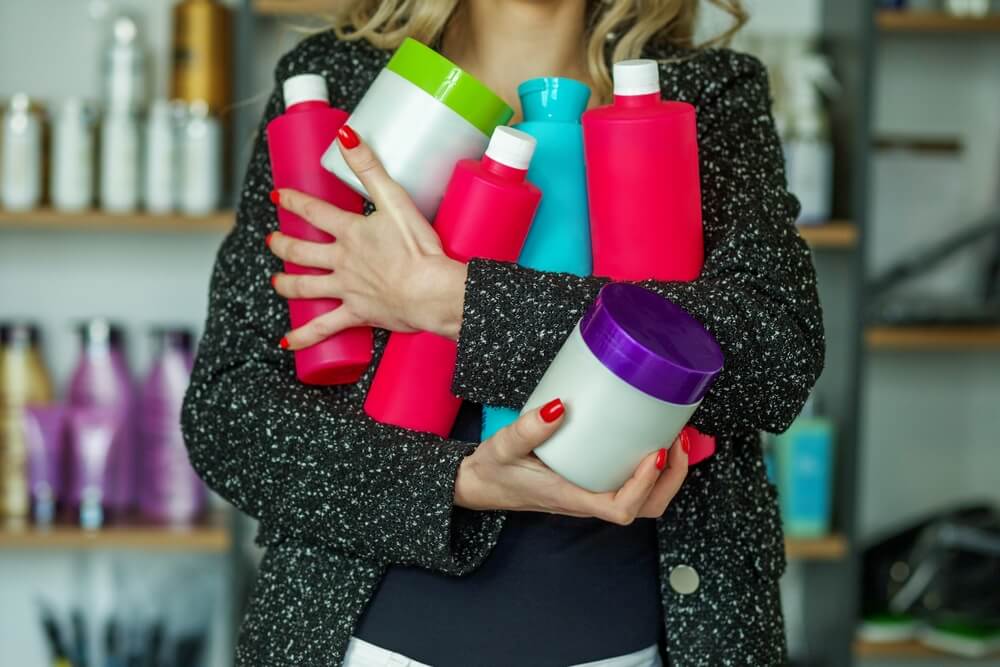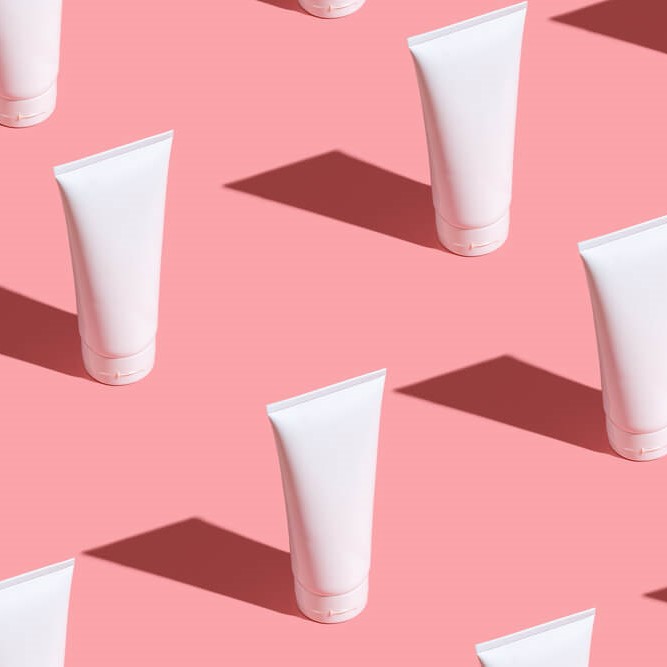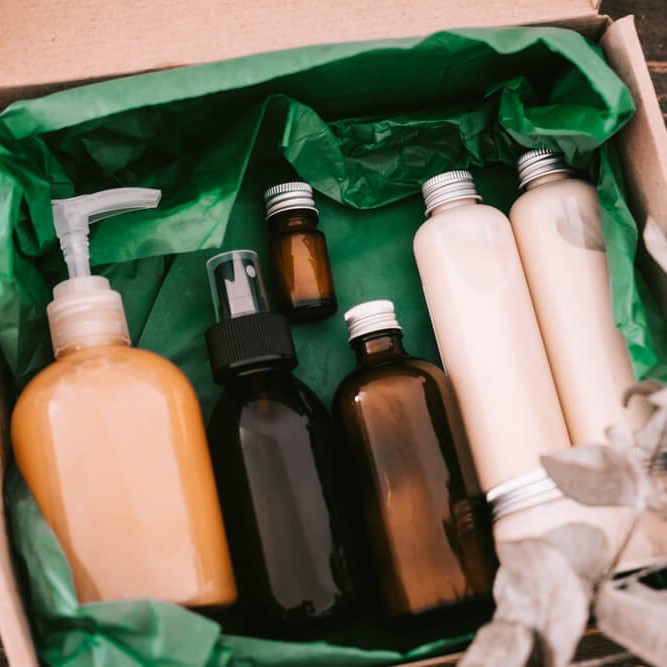Once you’ve created your private label products, the next step is to design your packaging. It’s important not to treat this as an afterthought because the packaging that you choose could potentially make or break the success of your products.
Not only will the right packaging keep your products safe and secure while they’re on the move, but it also acts as a marketing tool, drawing customers in and convincing them that your products are what they should be buying.
While some private label manufacturers, like FLPL, will assist in the design and manufacturing of your packaging, others don’t, making it essential to have some packaging knowledge for yourself. If this is an area that you’ve been confused about, read on as we share some top tips for creating the perfect packaging for your private label products.
Keep Your Budget in Mind
You may have big dreams when it comes to your packaging, but if they don’t align with your budget, then they’re not going to work. While you don’t want to skimp on your packaging, you don’t want to overspend either.
This will mean being aware of which materials are within reach for your business. Take glass, which is often considered to be the epitome of luxury packaging. A skin cream, for example, will always look sleeker and more high-end when it’s in a glass jar. However, not only is it a costly material to buy and use, but its weight will also add to the cost of shipping. This not only applies to the shipping cost of getting the product to you, but also the cost of delivering the products to your customers.
With that said, don’t despair if you’re on a tight budget. There are plenty of budget-friendly packaging options out there too. Cardboard is relatively inexpensive and allows you to get creative with design. Meanwhile, plastic may not be the most eco-friendly choice but, again, it doesn’t cost as much as many other materials. Using recycled plastic or creating plastic packaging that can be recycled (or doing both!) can help you to manage the sustainability issue.
Consider Functionality
It goes without saying that your packaging needs to be fit for purpose. The main reason packaging is used is to keep products safe, so you need to make sure that yours does this too.
The first thing to consider is how much protection your products need. Some items, such as skincare products, are perishable. This means that they’ll need to be packaged in a way that keeps them fresh. This may mean airtight packaging and seals, along with opaque containers.
If you’re going with a fragile material, such as glass, then this will need to be packaged in a way that prevents the material from breaking in transit. You may need to cushion your products in foam inserts or bubble wraps. Keep in mind that this will add to the cost of your packaging too.
If you’ve created private label products that are on the heavy or bulky side, such as heated hair styling tools, your packaging will need to accommodate this. You’ll need to choose materials and designs that are strong and durable while still being easy to transport. Your packaging needs to be able to withstand the shocks and vibrations that come from the distribution process while also being puncture-proof.
Making a mistake in the functionality department could lead to your products ending up damaged. Not only will this mean unhappy customers, but it will also cost you a pretty penny to rectify. You’ll have to fork over for refunds while also paying to redesign your packaging. This is why functionality needs to be one of your top packaging priorities.
Size Matters
Needless to say, the size of your private label products will dictate the size of your packaging. However, what happens when you want to sell the same product in various sizes? Whether it may be shampoos, face serums, or anything else, many brands opt to produce their products in multiple sizes as a way to extend their reach and make life more convenient for consumers.
Say you’re producing four different sizes of a product. Creating the same packaging in four different sizes can be quite an expensive endeavor. At the same time, you can’t simply use the largest box for all four sizes as this will mean that the smaller-sized products will end up moving about in that box during shipments, which could cause them to become damaged. Plus, this will also mean higher shipping costs for you and your customers. You’ll be paying to ship a large box, even though the actual item within may be much smaller.
The solution in this case would be to create two box sizes, instead of four. Not only will this ensure the safety of the products within but it will also be much more cost-effective. Always seek out a solution that works for both your products and your bottom line.
Appeal to Your Target Audience
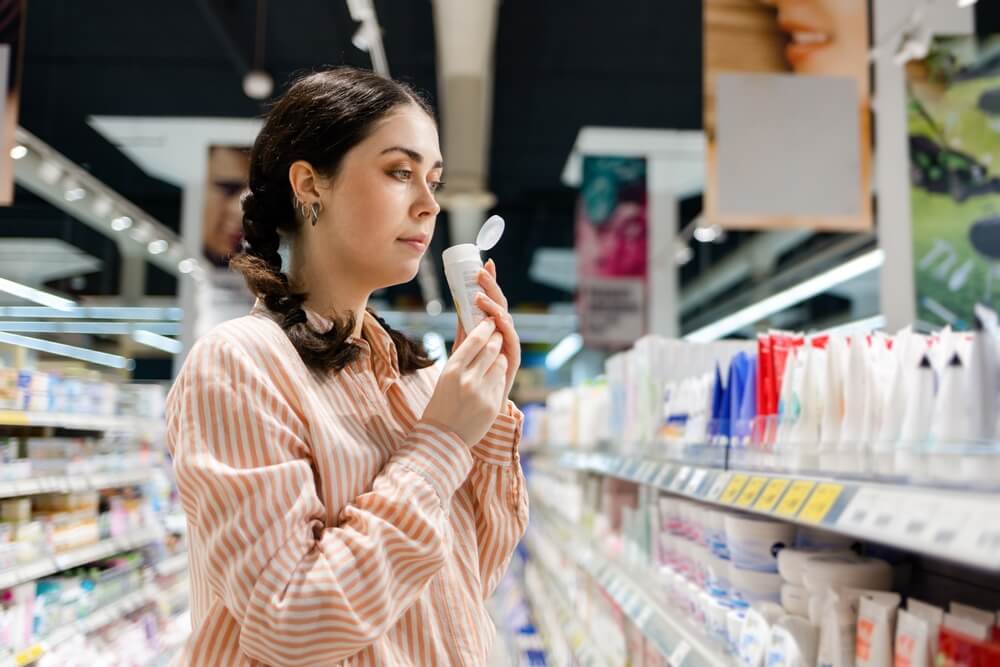
While product protection is undeniably the most important aspect to consider when choosing packaging, let’s not forget that packaging is also a fantastic marketing tool. Research shows that 72% of American consumers are heavily influenced by a product’s packaging design. This is often enough to sway them into choosing one product over another.
This makes it essential to keep your target audience in mind when designing your packaging, so that you can choose design elements that appeal to them. Say, for example, your target audience is young and trendy. Colorful and stylish designs and materials would really speak to them. Meanwhile, if your target audience prioritizes sustainability, go with recycled or recyclable materials, and make this clear on your packaging.
Of course, at the same time, you also need to stay true to your branding. Find the middle ground where your packaging not only reflects your brand image, but is also attractive to your target audience.
Dig Into Color Psychology
Color psychology is something that all the major brands utilize when it comes to branding and packaging. It essentially looks at the science behind the influence that certain colors can have.
For example, research shows that teenagers, as well as people in their 30s, favor purple-colored packaging. Black works well for a younger audience, as well as for men, although the latter usually prefers blue above all other colors.
Certain colors will also have cultural connotations. If you plan on selling internationally, it’s important to take these into account. For example, in China, red is associated with good luck, making it an auspicious color to use in packaging.
Greens and browns would be a good way to go if you want to promote how natural or sustainable your products are. On the other hand, if your products aren’t natural or sustainable, stay away from these colors as you’ll only cause confusion, leading your target audience to believe that they’ve been misled.
Don’t Blend in With Your Competition
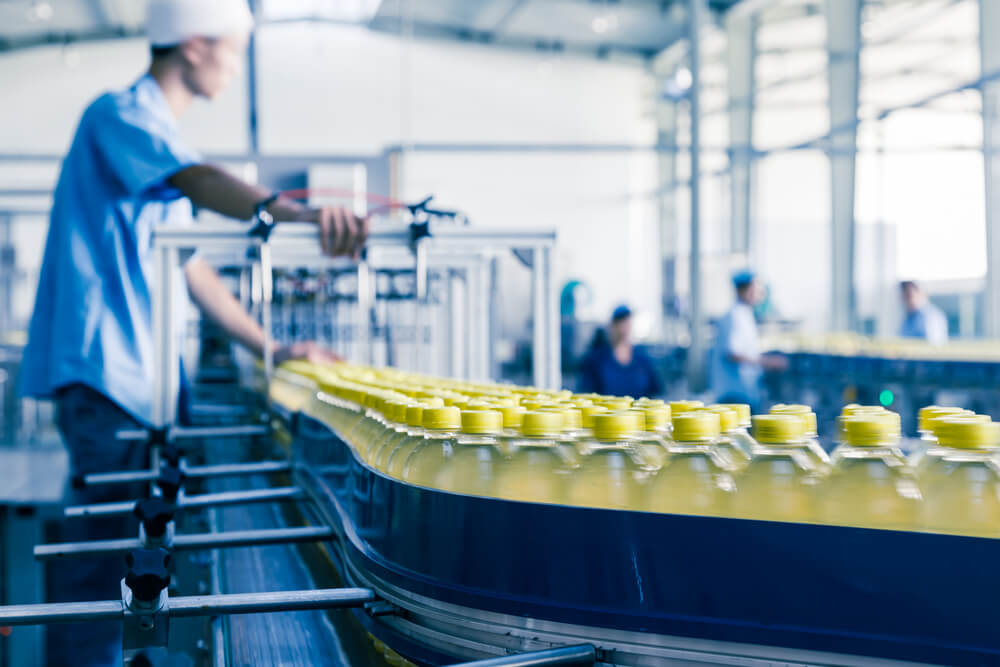
When you first start designing and creating your private label products, you’ll likely do some competitor research. After all, this is the best way to ensure that your products provide something that theirs don’t, enabling yours to stand out.
The same needs to apply when it comes to packaging. Sure, it can be tempting to simply ‘borrow’ the ideas of your competition for your own products, especially if you know that their packaging has been a success. However, do this and you won’t have anything to differentiate your products on the shelf.
What happens if you need to go with a similar design to your competitors in order to appeal to your target audience? It’s simple – find a way to stand out. Whether this means using a different color, a different font, or anything else, make sure that there’s something about your packaging that sets your products apart from the crowd.
The Unboxing Process
Opening up the packaging of a new product that you’ve purchased can sometimes be pretty exciting. This is why #unboxing has become such a trendy hashtag on social media. People love to share the unboxing process for the products that they’ve bought. This, in turn, results in some free promotion for the brand that they’ve purchased from.
It goes without saying that you should try to get in on this too. This begins by making sure that your packaging is easy to open. Nobody enjoys trying to rip through a box that seems impossible to open, so ensure that your packaging is easy to get into.
Adding an element of drama can also help to make your packaging more shareable. Whether this involves a box that opens in a unique way, layers of tissue paper that make your packaging feel more lavish, or anything else, a bit of theater is often appreciated in packaging. It will make your customers’ purchasing experience so much more exciting!
Test Your Packaging Ideas
Once you think that you’ve decided on the perfect packaging for your private label products, it’s time to test it out. Don’t blindly order thousands of pieces of packaging before you’ve done this, as that could end up resulting in a big financial loss.
Ideally, you want to ensure that your packaging is capable of holding up well in different environments. From transportation and storage to display and usage, make sure that your chosen packaging does its job properly.
Don’t forget to test your packaging’s durability too. What happens when you drop it, or if it ends up crushed under a bigger box? If your packaging doesn’t hold up to this treatment, you’ll need to revisit the functionality aspect.
Finally, do some market research to see what your target audience thinks of your packaging. Focus groups can be particularly helpful with this. You may end up with some valuable feedback that could help you take your packaging to the next level.
Private Label Product Packaging Made Easy With FLPL
As you can see, there’s a lot to think about when it comes to packaging your private label products. It can be a daunting process to go through on your own, which is why, at FLPL, we’re always on hand to help with this. From choosing materials and designing your packaging to manufacturing and testing it, our knowledge and experience will ensure that you only make the very best packaging decisions for your business.

